Eighth graders at The de Paul School, which specializes in educating bright students with learning differences, are asked to solve a mystery in their Social Studies class: “Did Pocahontas really rescue John Smith?” They’re given “clues”—primary sources that include maps, documents, pictures, letters, and diaries. They conduct in-depth analysis of historical documentation, and then present their conclusions with citations to back them up.
Laura Shea says her students love having access to letters from over 200 years ago—along with pictures, maps, diaries, and materials that real historians use. “They understand that these figures were real people with emotions just like them, and they get excited about a multisensory historical experience.”
The project is drawn from the school’s MAPS for Success model—Multisensory, Attention, Practice, and Structure techniques designed to unlock each student’s potential. It brings abstract concepts to the concrete level through application—students can use an archaeological dig site during studies of Ancient Civilizations, design their own experiments to explore their ideas about magnetism, and hold objects in their hands to represent the sounds they hear in words.
A seventh grade robotics class offers another way to see MAPS for Success in action. Kevin Sparks’ students combine Lego MindStorm kits with their math and science skills to design, build, and program robots based on obstacles he presents — a hands-on experience that requires trial and error. “They learn to push themselves intellectually and persevere if their products don’t succeed initially,” he says. “Each failure becomes a new opportunity to learn and fuels their desire to succeed.”
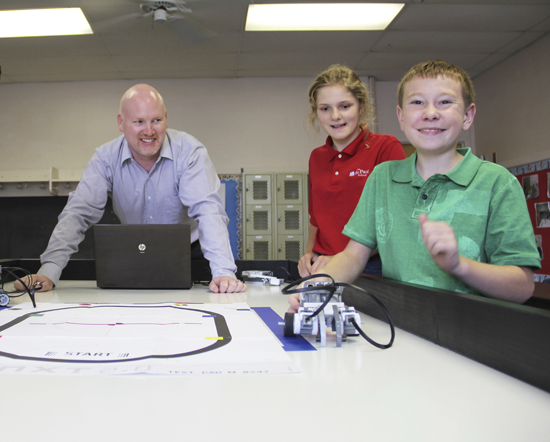
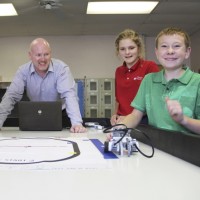
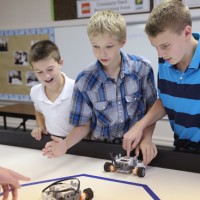
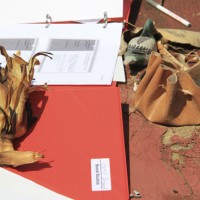

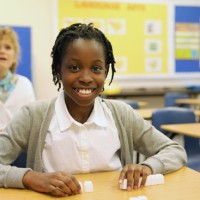



Congratulations to The de Paul School on your entry in NAIS’s Newsletter! Keep up the good work for the forty-five years! (at least!)